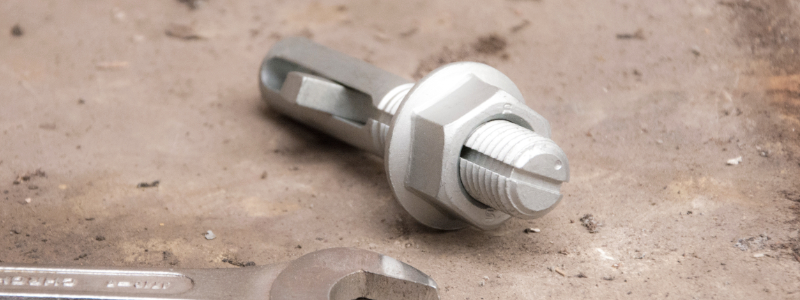What Are the Differences Between Blind Bolts and Lockbolts?
Blind Bolt US | 21st January 2021

Blind Bolt
You may think that all bolts offer more or less the same effectiveness, but that’s not really true. If you work in the construction industry then you get to choose between options which include lockbolts and blind bolts. Here we’ll examine what the differences between the two are:
What Is A Lockbolt?
As the name ‘lockbolt’ suggests, this is a bolt which locks in place when installed. Once this happens it means that the bolt won’t loosen over a period of time, even if it is subjected to high levels of stress and vibration.
The durability and extreme strength of lockbolts makes them the perfect choice for a range of applications, in preference to a conventional or rivet block.
How A Lockbolt Is Constructed
Lockbolts are made up of two parts – the collar and the pin. They can be utilized in place of rivets or nuts and bolts, because they offer more strength and they don’t need other components such as lock washers.
A lockbolt can be applied from a single side of the piece of work being done, with setting taking place from the collar side. When installing the lockbolt, the collar is pulled, which then swags it onto the lockbolt. What this means is that, unlike with a standard nut and bolt, torque doesn’t need to be applied from both sides of the lockbolt, so the installation process is simple and quick.
What Is A Blind Bolt?
A blind bolt offers great flexibility because it can be installed from one side of a join, utilizing pre-drilled holes. This means that the other side of the work doesn’t have to be accessed to complete the lock, making the blind bolts the ideal choice for spots which are difficult to access.
Blind bolts are suitable for a wide range of applications. These include connecting boxes, claddings, facades and sections or girder cavities. The versatility of blind bolts is based on the fact that they offer excellent tensile strength while still being quick and easy to install.
How A Blind Bolt Is Constructed
Most blind bolts are made up of a sleeve, a collar and a steel pin, and can be installed using a blind bolt tool which resembles a riveter. The blind bolt will be inserted through a pre-drilled hole, and a firm connection is then made through the weight on the collar. The pressure applied causes the expander to collapse, and this creates a seal on the side where the tool is in use, while the blind side stays firm. If you’d like to know more about installing blind bolts then click here to take a look at our installation and removal videos.
The Importance of Grip Range
Grip range is an important aspect of the operation of blind bolts. If the combined thickness of the material, including the backup washer, is lower than a specified minimum then the connection created is going to be loose. Conversely, if the thickness is above the maximum specified then the bolt might not set, which will compromise the strength of the join created. This underlines why it is so important to make sure that the blind bolt has been chosen specifically for the task in question.
Bolted Shut
Recent years have seen the construction industry embrace new and innovative materials which have played a massive part in changing the way buildings are constructed. Blind bolts are set to play a huge role in ensuring this kind of innovation continues in years to come. If you have any questions or just want to find out more about blind bolts, get in touch and speak to a member of our team on (630)882-9010 or send us an email on enquiries@blindbolt.com. We look forward to hearing from you.

The Blind Bolt